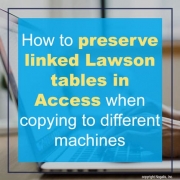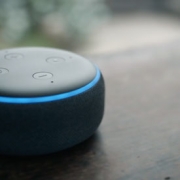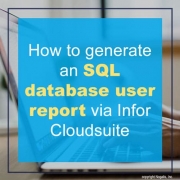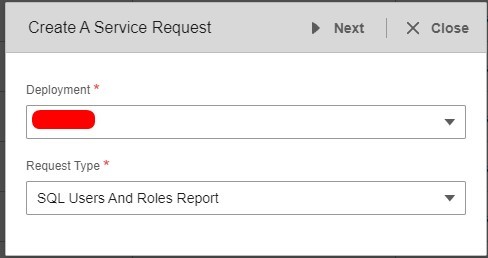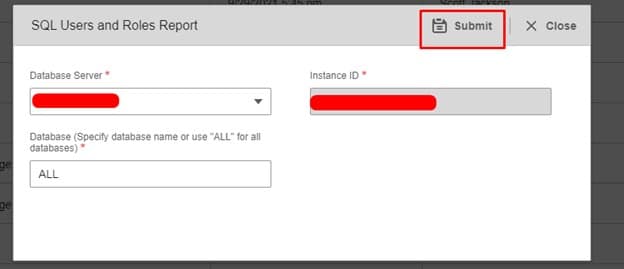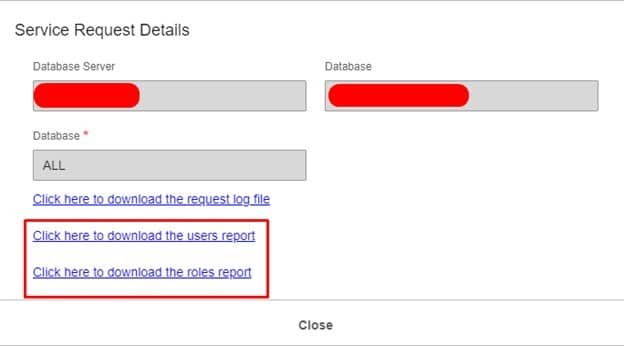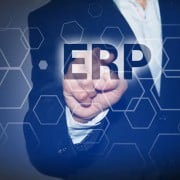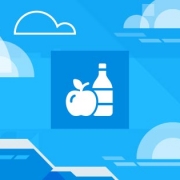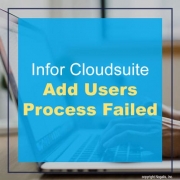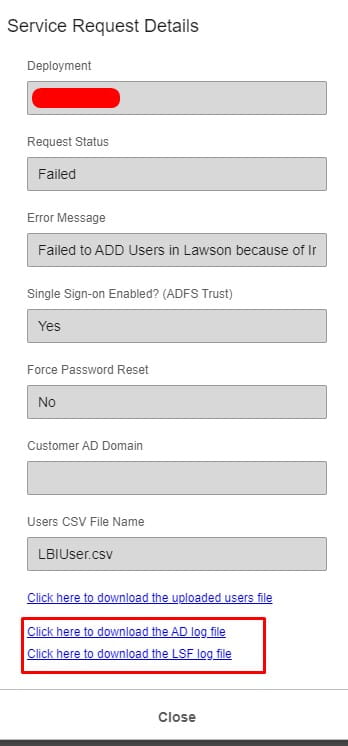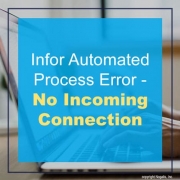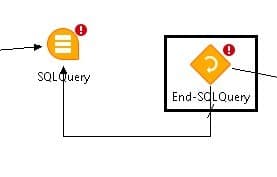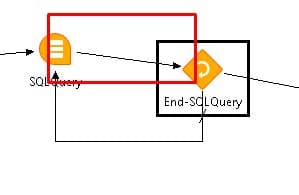Abudawood Group’s subsidiary Abudawood Logistics, the exclusive distributor for Procter & Gamble, Ferrero, Quaker Oats, and other global brands in Saudi Arabia, recently deployed Infor WMS warehouse management system. Completed by Infor’s Middle East partner SNS, Infor WMS will help maximize the utilization of pick locations through expedited demand replenishment, while streamlining picking processes. Per the press release, Abudawood’s vast warehousing operations have complex shelf-life requirements based on order type, account type and brand, and relies on efficient and dynamic replenishment of full pallets into pick locations based on variable shelf-life windows. The company chose Infor WMS based on the tech giant’s capability to support third-party logistics (3PL) activities as well as demand replenishment capabilities that support the dynamic assignment of pick locations, and auto move functionality that supports the defrosting cycle of Ferrero products. Further, SNS was chosen based on its on-depth warehouse management experience and expertise, and understanding of Abudawood’s business nuances and challenges.


